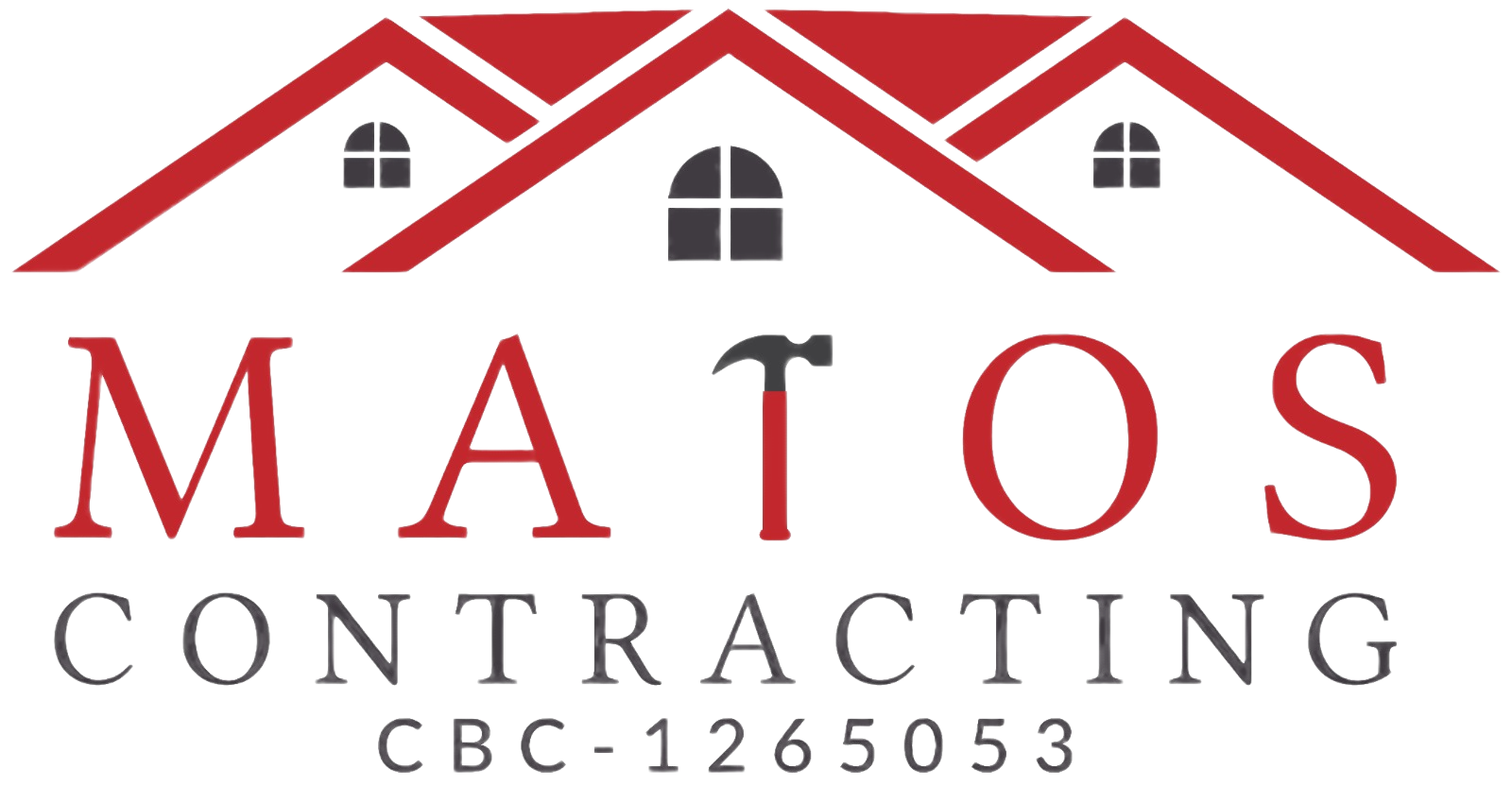Designing a space that perfectly reflects your needs and lifestyle offers a level of personalization unmatched by any pre-built option. But let’s be honest: custom dream homes often conjure up images of hefty price tags. While there’s no denying the inherent value of custom construction, keeping costs in check can feel daunting. Fear not, future homeowner!
This blog is your roadmap to navigating custom home construction without breaking the bank. We’ll explore practical strategies that empower you to make informed decisions and build your dream home within a realistic budget.
Planning Your Custom Dream Home
Building a custom-made home is an exhilarating journey, allowing you to craft a space that showcases your unique vision. However, navigating the world of custom home construction can raise concerns about budget feasibility. The good news is with careful planning and strategic choices, you can transform your dream home from aspiration to reality without sacrificing affordability.
Let’s delve into the essential planning steps that set the stage for cost-effective custom home construction.

1. Prioritizing Needs Over Wants
Custom-made homes allow for complete personalization, but it’s crucial to differentiate between necessities and purely decorative desires. Start by identifying the essential features that define your dream home – the number of bedrooms and bathrooms and the layout that best suits your lifestyle.
Focusing on these core elements ensures your custom home prioritizes functionality and avoids budget-busting bells and whistles. [1]
2. Crafting a Realistic Budget
Once you understand your needs, the next step is developing a detailed budget. This includes the construction costs and factors like permits, inspections, and potential contingencies.
Involving a qualified financial advisor during this stage can be invaluable in securing financing and ensuring your budget reflects current market realities. Remember, incorporating a buffer for unexpected costs adds a layer of security and prevents minor setbacks from derailing your project.
3. Optimizing Square Footage
While spaciousness is undeniably appealing, a smaller, well-designed home can be surprisingly efficient and cost-effective. Collaborate with your architect to explore creative layouts that maximize functionality within a smaller footprint.
Smart storage solutions and multi-purpose rooms can create a sense of spaciousness without sacrificing affordability. Think about it – a smaller home means less building material, lower energy bills, and easier maintenance.
4. Exploring Material Alternatives
High-end custom home builders often showcase luxurious materials with hefty price tags. Hence, it is important to maintain a balance between aesthetics and cost-effectiveness. Research readily available, high-quality alternatives that offer a similar visual appeal without breaking the bank.
For example, engineered wood flooring can mimic the beauty of hardwood at a fraction of the cost. Remember, the goal is to create a home that reflects your style without compromising quality or draining your budget.
5. Considering Long-Term Costs
While upfront construction costs are crucial, don’t overlook the long-term financial impact of your custom home. Invest in energy-efficient features like high-performance windows and insulation. These may require a slightly higher initial investment but will reap significant rewards in reduced energy bills for years.
Similarly, opt for durable, low-maintenance materials that minimize the need for costly repairs and replacements down the line. By taking a long-term perspective, you save money and contribute to creating eco-friendly new custom homes.
Design and Construction Efficiency
Turning your vision into a reality requires balancing aesthetics and budget. Here are essential design and construction strategies to ensure your custom home is beautiful and built within your means: [2]

- Opt for clean lines and a well-proportioned footprint in your custom home construction. Complex roof lines and intricate details can inflate costs.
- Utilize readily available cabinets, windows, and doors. Customization options exist within these standardized elements, allowing you to personalize your space without a hefty price tag.
- Explore prefabricated components like roof trusses or wall panels. These elements are built efficiently off-site, reducing on-site labor costs and construction time.
- Review high-end custom home builders with a proven budget management track record. Pick the one who can optimize your design for both functionality and affordability.
- Maintain clear and regular communication with your builder throughout the process. Discussing expectations and budget limitations upfront helps avoid costly change orders later on.
Material Strategies for Custom Made Homes
Choosing the materials for your custom home construction is an exciting step, allowing you to personalize the look and feel of your space. However, it’s also an opportunity to make smart decisions that enhance your budget and the home’s long-term value.
Let’s explore material selection strategies that promote affordability and environmental responsibility. [3]

1. Thinking of Local
Building with locally sourced materials offers a double benefit. Reduced transportation costs translate to lower material prices, saving you money on the upfront investment. Additionally, utilizing local resources minimizes the environmental impact associated with long-distance transportation. Talk to your builder about exploring materials readily available in your region.
2. Recycled Chic
Reclaimed wood, bricks, or other salvaged materials can blend a unique touch of character into your home. These often come at a lower cost than brand-new options and can contribute to a more sustainable building approach. Repurposed materials can be surprisingly versatile, allowing you to create a warm and inviting aesthetic without sacrificing affordability.
3. Investing in Efficiency
While energy-efficient materials may have a slightly higher initial cost, they pay significant dividends in the long run. High-performance windows, insulation, and Energy Star-rated appliances can significantly reduce energy consumption. Think of it as a long-term investment that translates to lower utility bills year after year, contributing to both environmental and financial sustainability.
4. Durability is Key
Don’t be tempted by the allure of the cheapest option. Opting for high-quality, durable materials ensures your home stands the test of time. While it may require a bit higher upfront investment, these materials require less frequent repairs and replacements, saving you money in the long run. Choosing reliable materials also minimizes the need for future maintenance, allowing you to spend less time on repairs and more time enjoying your beautiful custom home.
Strategies for a Smooth and Efficient Custom Home Construction
Building your custom dream home is exciting, but staying on budget is crucial. Here are key strategies to ensure smooth sailing and avoid financial surprises during your new custom home construction:

- Project Management Power: Consider hiring a professional to oversee the entire process. They’ll keep you on schedule and within budget, preventing costly delays in your new custom home build.
- DIY Smarts (Within Your Skillset): Tackle small projects you’re comfortable with, like painting a room or installing light fixtures. Save on labor costs and add your personal touch to your custom-made home.
- Phased Construction: Break down the build into smaller phases, allowing for better cost control and early identification of potential issues in your new custom home project.
- Minimize Material Waste: Work with your builder to accurately plan material needs and consider pre-cut options. Less waste translates to lower costs and a more eco-friendly custom home construction process.
- Regular Inspections: Schedule regular inspections to catch problems early and avoid costly rework later in your custom-made home’s construction.
Conclusion
Building one of your new custom homes doesn’t have to break the bank. You can transform your vision into reality by prioritizing needs, embracing smart design practices, and selecting cost-effective materials. Clear communication with your builder and a commitment to responsible construction practices are key to a successful and enjoyable building experience. With careful planning and these valuable strategies, you can watch your dream home take shape while staying true to your budget.
FAQs
Are custom builds cheaper?
Custom builds are generally not cheaper than production homes due to the unique nature of the design and materials.
What is a custom home design?
A custom home design is a blueprint created specifically to your preferences and specifications, reflecting your lifestyle and needs.
How much does it cost to design your own home?
The cost to design a custom home can depend on the complexity of the design, the experience of the designer, and your location. It can range from a few hundred dollars to tens of thousands of dollars.
How do I start a custom build?
To start a custom build, you will need to find a lot, hire a custom home builder, and develop a plan for your home. This plan should include your budget, desired features, and timeline.
References
[1] https://www.simsbuilders.com/blog/common-issues-when-building-a-custom-home
[2] https://www.linkedin.com/pulse/balancing-aesthetics-functionality-home-architecture-design21
[3] https://www.freeaxez.com/sustainable-building-materials/

